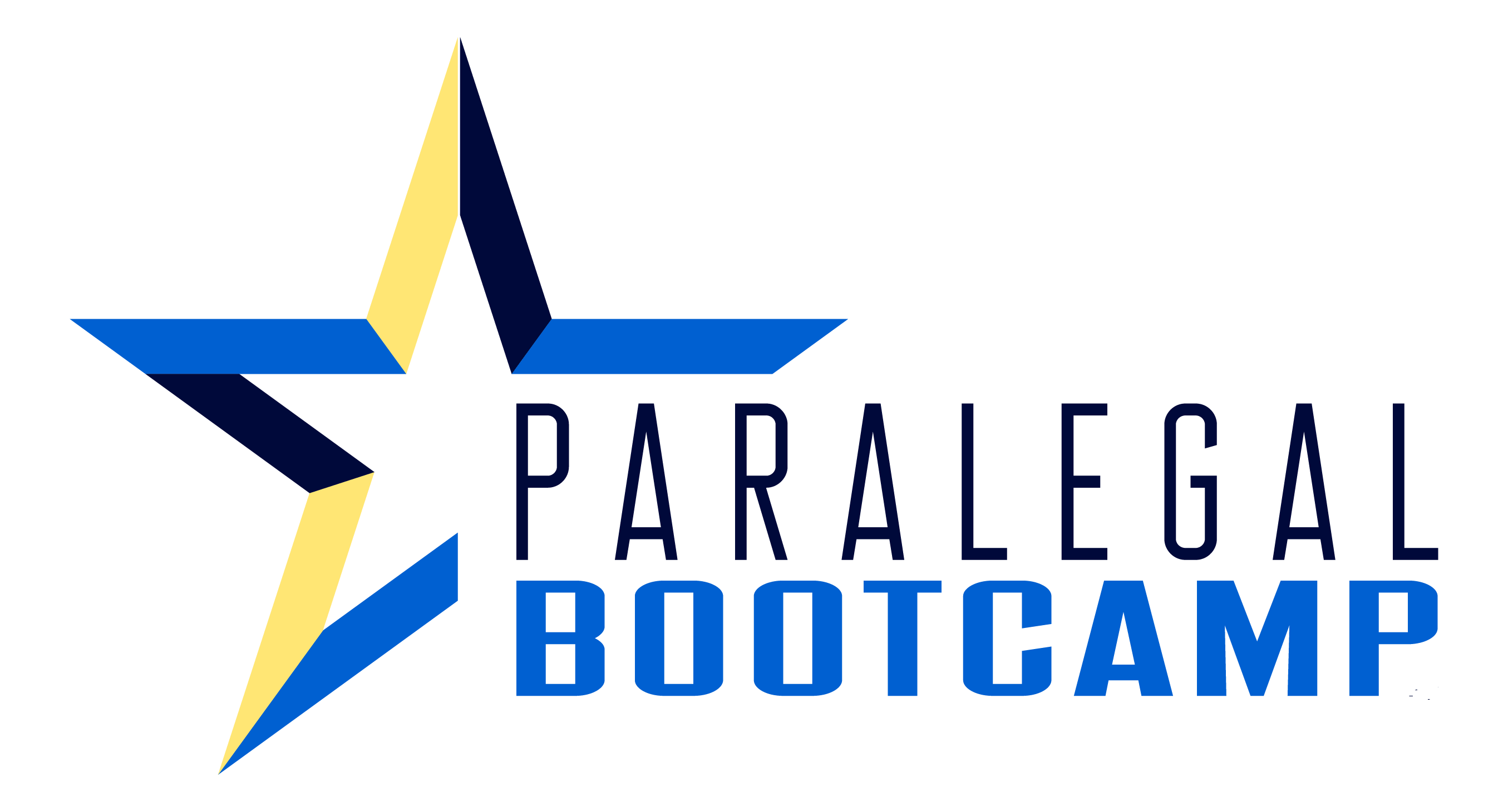As a personal injury paralegal, few things ache my heart more than seeing someone injured in a motor vehicle crash with minimal or no personal injury protection (“PIP”) benefits.
After a few years of handling these cases, I quickly realized the importance of having PIP benefits. From $2,500 in coverage to $100,000 in coverage, these figures are equally important in your client’s personal injury case.
The extent of your client’s injuries and the amount of insurance coverage available will largely drive your ability to negotiate a reduction in their bills and liens.
It would be best if you remembered that as a paralegal, you will encounter all kinds of people in the world with various situations and needs. Some people have excellent coverage and health insurance, and some just don’t! And you will find yourself assigned to these people with no idea how to make it work for them.
There’s a lot of pressure here as a paralegal. We hope our clients have health insurance, but even things like co-pays and deductibles can be too much for some people.

How can we help our clients? I’m not going to say it’s easy because it’s not. It’s frustrating and difficult. But – the duty to your client is the motivation to keep going. Our goal is to help maximize our client’s recovery because they incurred these bills through no fault of their own.
I hope that by sharing these paralegal tips for negotiating client bills and liens, you’ll feel more prepared and better equipped to negotiate and reduce your client’s medical bills and liens.
Get some additional tips to manage clients and their expectations.
Get involved early on.
Effectively managing your client’s medical bills early on will make it a lot easier to negotiate a bill. We’re up against statutes and tight deadlines, so when you get a file early on you should try to take advantage of it.
I was taught that the paralegals are the driving force in the client’s case. If you can get involved from the beginning, you have the power to take the reins and push the case all the way through the settlement finish line.
Unfortunately, most of my clients don’t understand that Delaware is a no-fault state, so they have inadvertently given out the at-fault insurance company claim number and information in a desperate attempt to stop the calls. An advantage to getting involved in a case early on is that you control the information flow.
You can send a letter to the providers instructing them on who to bill and how to get in contact with the adjuster (and you) if they have questions. For example, suppose I know the client went to the emergency room by ambulance.
In that case, I start with the ambulance company and work my way through the emergency room physicians and radiologists. From there, I make a list of all the different providers and facilities to send these letters.
You can also make PIP cards using a Microsoft business card template to give to your clients so they can pass them out to the providers treating them for their injuries. The card has information like the insurance company name, address, adjuster phone number, and claim number. This helps ensure the providers have the correct information to submit their bills and helps keep the lines of communication open for everyone involved.
Personal Injury Paralegal Boot Camp
As a personal injury paralegal, you have an important role in the pre-litigation phase of your claim files.
But where do you even start when you’re managing 80+ active files?
This online course will give you all the tools to manage that heavy case load. It walks you through every phase of your personal injury claim files, from the case intake through the demand package and more.

Review the file.
When negotiations begin, I make a list of providers that have outstanding balances. I also review the client’s medical expense report, which tells me what the total bill was, how much was paid and by who, and what the balance is, then compare it to the provider’s bill. Analyzing this information helps give me an idea of how to begin negotiations.
I review the bills to determine the type of reduction to request. They usually fall into one of three categories,
1.) most of the total bill has been paid by PIP
2.) some of the total bill has been paid, or
3.) none of the bill was paid.
These three basic concepts will help you navigate the world of reductions. I submit reductions with the goal of getting the provider to at least 80% of their total bill paid. If PIP has already paid between 70-80% of the bill, my initial reduction request is always a waiver of any remaining balance because our client has not been made whole. These requests have been largely successful over the years, using the above factors when negotiating medical bills.
Healthcare liens.
Healthcare liens are the hardest to reduce, but that shouldn’t stop you from trying. It is important to request and obtain the plan language so the attorney can review it, but I prefer sending reduction requests despite what the plan language says. There’s nothing to lose, and even the smallest reduction accounts for something. I make a list of the providers who have balances that are co-pays and deductibles, and make a note to follow up with the client separately about them. These balances are usually non-negotiable because of the contract between the client and their health insurance.
When I negotiate with a healthcare subrogation company, I always include as much I can about the details of the settlement and how much my client has suffered. I include the settlement amount and attorney’s fees. I also make a point to state that the client had to pay out costs and other medical bills and co-pays.
The success of negotiating a healthcare lien will also depend on your ability to effectively communicate with the subrogation analysts by providing timely updates and returning their calls.

Make a good reduction letter.
As you build professional relationships, you will soon realize which providers will work with you and which ones will not, under any circumstances, reduce a bill. You can use this experience to help your attorney set client expectations. If your client has minimal or no PIP benefits and needs further treatment and testing, a good reduction letter is crucial.
Part of this process is knowing how much insurance coverage is available and understanding how your client’s outstanding medical bills factor into that. In Delaware, if my client has $12,500 in bills, I can send the bills and records to the adjuster and request that they disclose their policy limits. This was a game-changer! See 21 Del. C. § 2907. We can flush out minimal policy limits early on, and because we know our client’s underinsured motorist coverage, we are able to put our attorney in a better position to evaluate the case.
It can become overwhelming navigating the billing world and trying to balance client needs and the available insurance coverage. In a perfect world, there is enough money for everyone, and maybe occasionally there is. But we as paralegals know that we will be attempting to negotiate medical bills and liens.
When I’m drafting the reduction letter, I consider the following information:
-
- The total amount of accident related medical bills;
- The total amount of insurance coverage available;
- The total amount of post-PIP medical bills and liens; and
- The total amount of the client’s costs in the case.
In the reduction request, it is beneficial to highlight things like how much PIP paid of the total amount billed for treatment and how that amount impacts the total amount of the bill paid. I successfully negotiated a client’s bill from $2,000 to $500. When I submitted my request, I knew that the patient’s health insurance wasn’t great, and I also knew that PIP had paid most of the bill already. I used both of those factors to my advantage. With an additional $500 payment, 80% of the total bill had been paid. I also explained that the client had other outstanding bills, and the provider was satisfied that most of their bill had been paid in full.
For what happens after the negotiations and settlement, read this article for 5 Tips on Fast-Tracking Disbursements.
Each new case brings more opportunities to learn and grow as a paralegal. Being consistent in your practice, and how you negotiate will make you successful at reducing the amount your client owes.
👉 Learn about the best Personal Injury Course on the market for being a personal injury paralegal.

Meet the Author
Hello! My name is Christina West, and I was a personal injury paralegal for six years. I’m currently working as a real estate legal assistant, learning to be a real estate paralegal. I have my bachelor’s degree in criminal justice, my paralegal certificate, and I am the Newsletter Editor for the Delaware Paralegal Association’s newsletter, The Reporter.
My husband and I have five wonderful kids and we love spending time exploring the world. I enjoy music, the beach, and reading a good book.

























